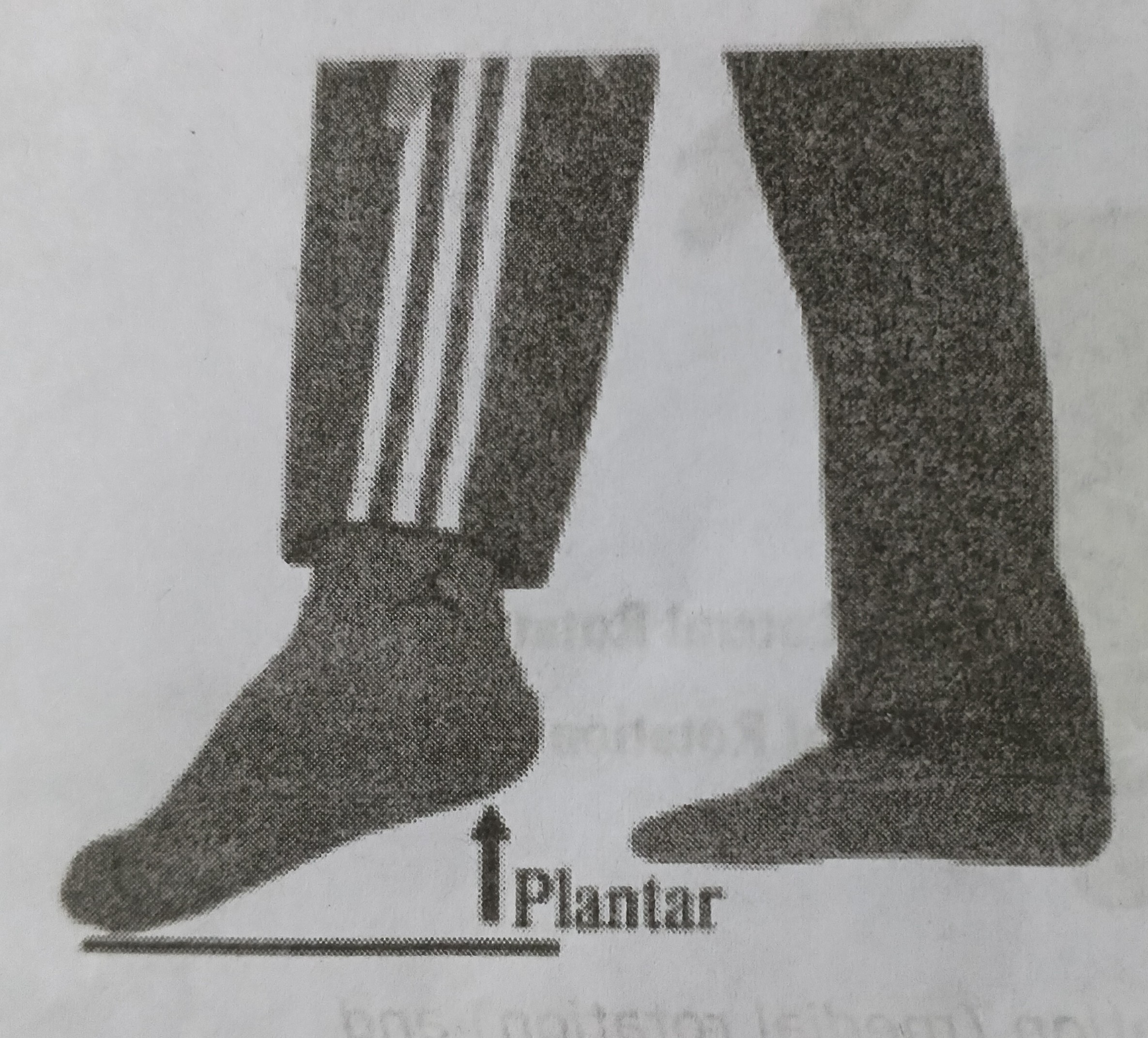Anatomical Positions and Body Planes
1/25
There's no tags or description
Looks like no tags are added yet.
Name | Mastery | Learn | Test | Matching | Spaced |
|---|
No study sessions yet.
26 Terms
Superior
Indicates a position above or higher than another body part (Above or heading toward the head)
Example: The chest is superior to the abdomen. The shoulder is superior to the wrist. The knees are superior to the feet.
Inferior
Indicates a position below or lower than another body part. (Below or towards the feet 👇)
Example: The feet are inferior to the knee.
Anterior
On the front side of another body part. It refers to the front or forward-facing part of the body.
Example: The chest is anterior to the spine
Posterior
Back side or in back of another body part. Refers to the back or rearward-facing part of the body.
Example: The spine is posterior to the chest.
Medial
Middle or a position towards the midline of the body. Closer toward the midline of the body.
Example: The nose is medial to the eyes.
Lateral
Farther from the midline or toward the sides of the body.
Example: The ears are located laterally to the nose and eyes.
Proximal
In limbs, indicates a position closer to the point of attachment to the body trunk.
(Closer to the center of the body or nearer to the point of attachment).
Example: Shoulder joint is proximal to the wrist.
Distal
In limbs, indicates a position farther from the point of attachment to the body trunk. (Farther from the center of the body or farther from the point of attachment).
Example: The hand is distal to the elbow
Superficial
Indicates a position closer to the surface of the body.
Example: Skin is the outermost layer of the body
Deep
Indicates a position farther from the surface of the body
Example: Bones are located deep within the body.
Body Planes
B___ P_____ refer to imaginary flat surfaces that divide the body into sections or parts.
What are the three major body planes?
Coronal Plane - Divides the body into anterior (front) and posterior (back) sections. Divides the body into front and back potions.
Transverse Plane - Divides the body into Superior (upper) and Inferior (lower) sections.
Sagittal Plane - Imaginary plane parallel to the median plane (divides the body into left and right sides).
Coronal Plane
Coronal Plane divides the body into anterior (front) and posterior (back) sections. Divides the body into front and back potions.
Transverse Plane
Transverse Plane - Divides the body into Superior (upper) and Inferior (lower) sections.
Sagittal Plane
Sagittal Plane - Imaginary plane parallel to the median plane (divides the body into left and right sides).
(Anatomical Terms of Movements)
Flexion
Any vertical plane that divides the body into Anterior (front) and Posterior (back) sections.
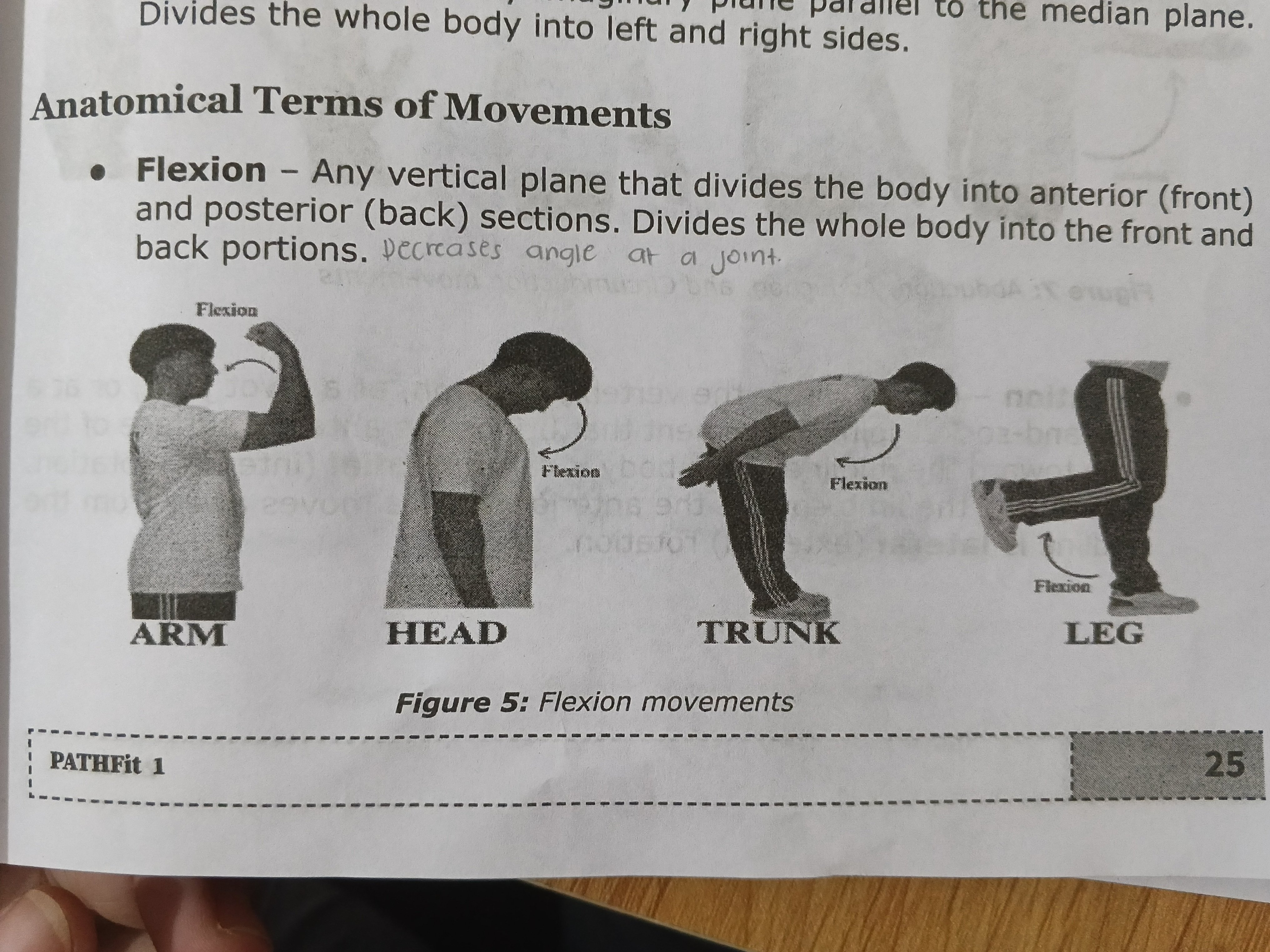
Extension
Increases (more linear) the angle and straightens the joint.
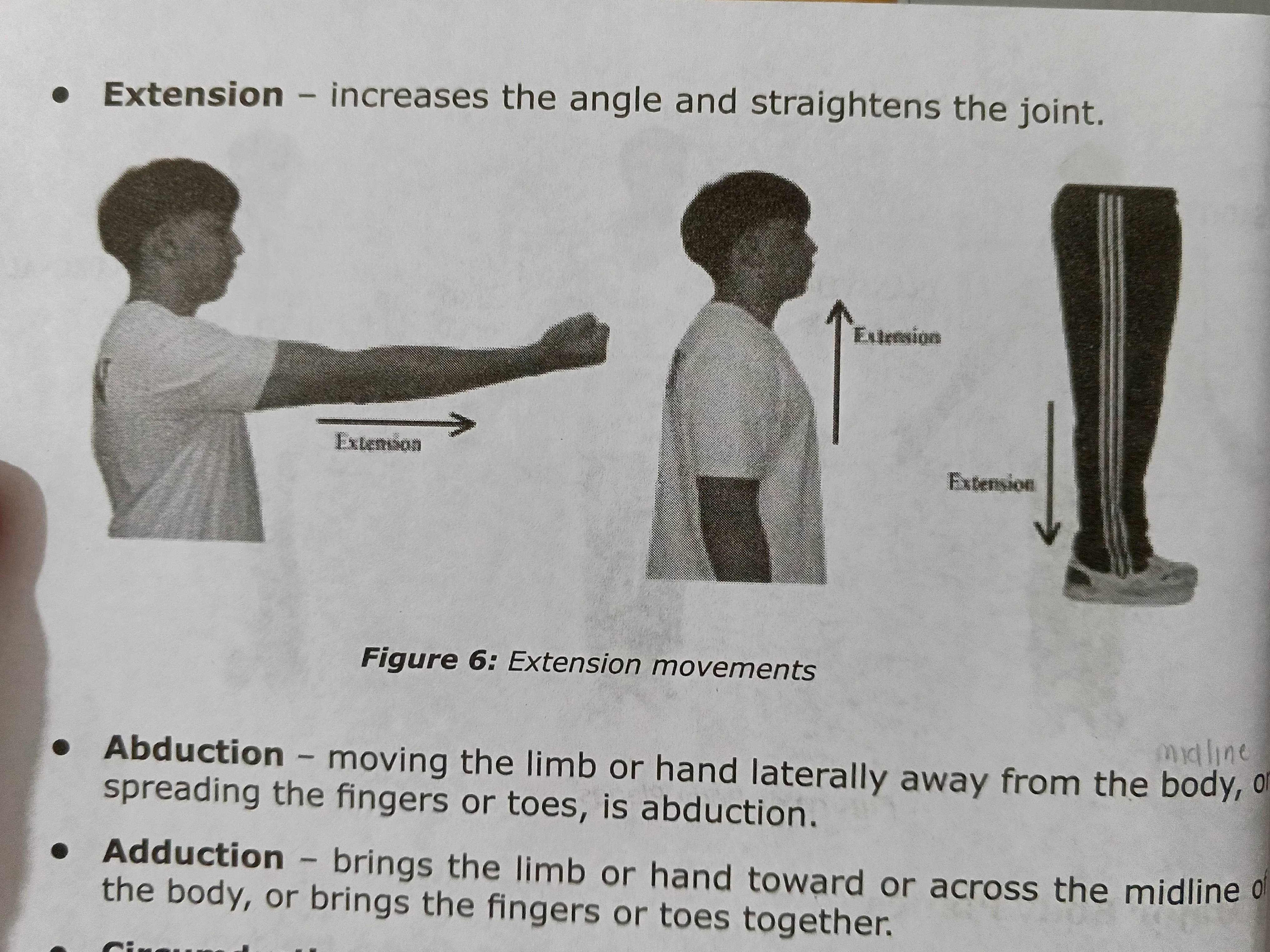
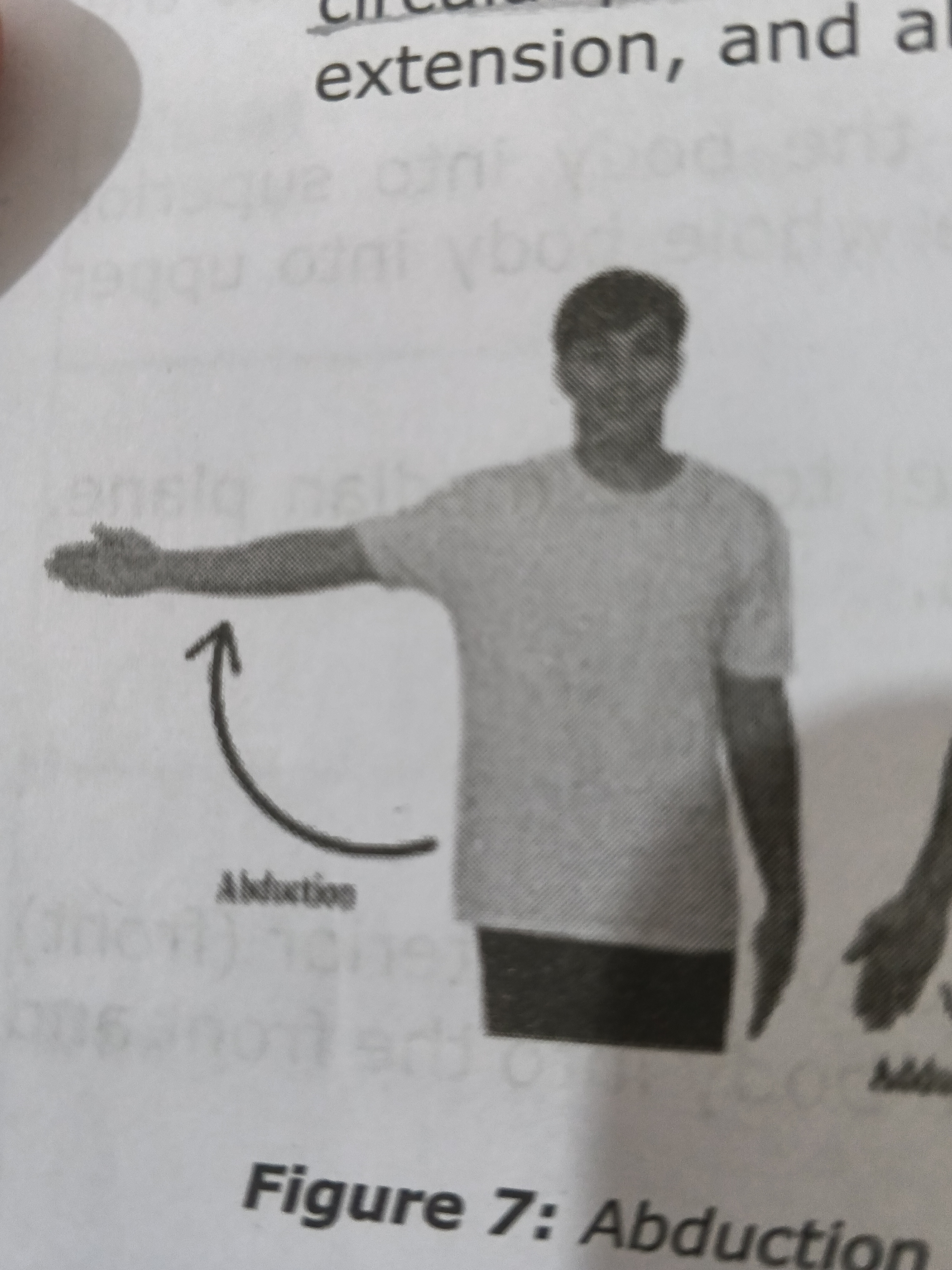
Abduction
Moving the limb or hand away laterally away from the body, or spreading the fingers or toes is abduction. 🖐🙆

Adduction
Brings the limb or hand toward or across the body or brings the fingers or toes together. (Opposite of abduction - )
✋🧍
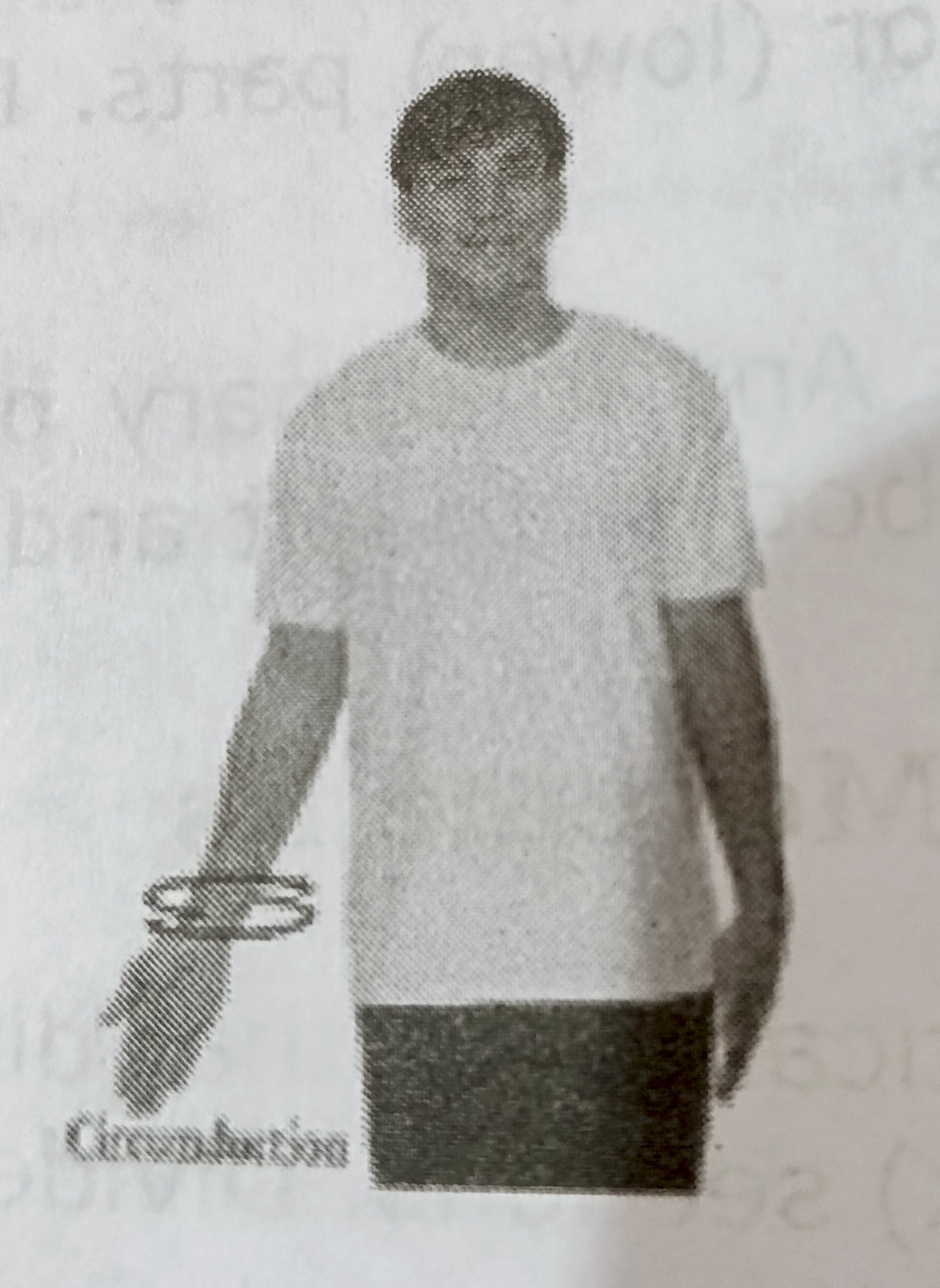
Circumduction
The circular pattern of the movement of the limb, hand, or fingers.
Rotation
Rotation occurs within the vertebral column at a pivot or joint. Medial rotation brings the anterior surface toward the midline of the body while Lateral rotation brings the anterior surface away from the midline.
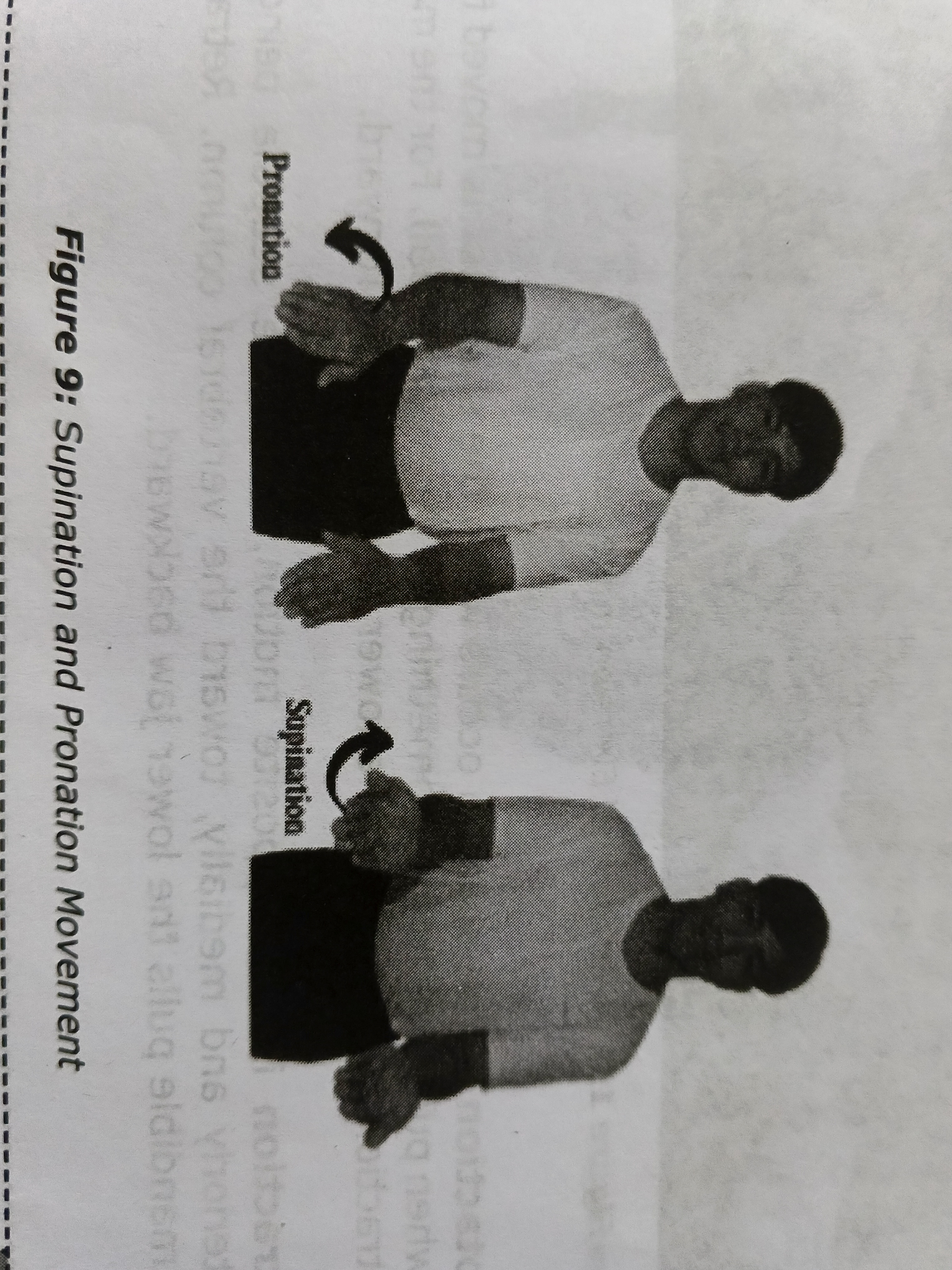
Pronation (Forearm)
Turning the palm + forearm backward!! 🤚🤚
Supination (Forearm)
Turning the palm forward !! ✋
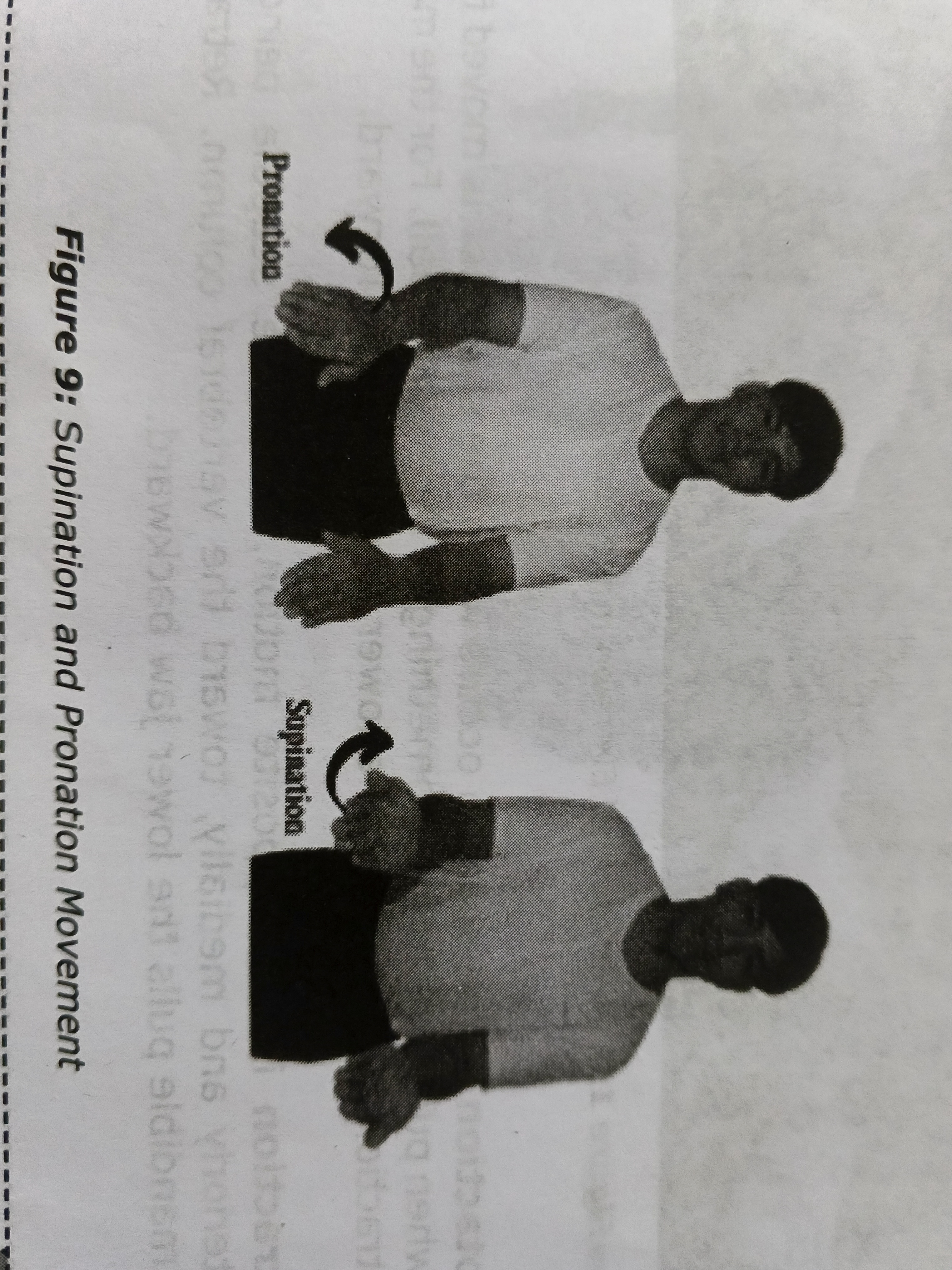
Dorsiflexion (ankle-foot)
Bringin the top of the foot UP ⬆ 🦶 toward the shin. Lifting the front of the foot.
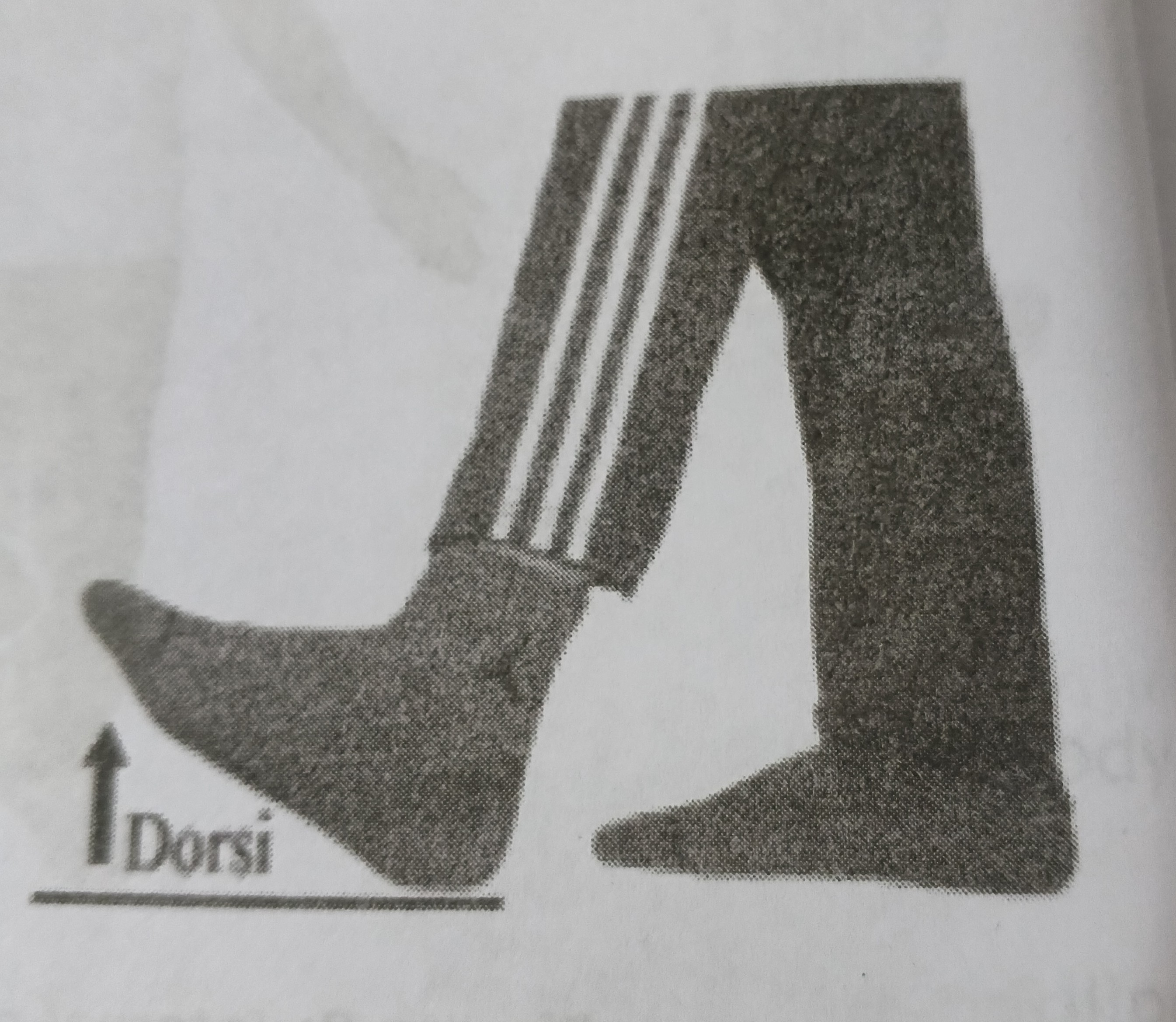
Plantar Flexion (ankle-foot)
Pointing the toe downward. Bringing the top of the foot away from the shin. ⬆ 🦶⬇
